Interesting places in Huesca: San Pedro el Viejo
Read "Interesting places in Huesca: San Pedro el Viejo" on TravelFeed.io for the best experience
Undoubtedly, an emblem located in the old town of the capital of Osca. An emblem, of course, that today continues to defy the details of a Babelic genesis, in which it is speculated with a Roman temple; another later, Visigoth and even a third, Mozarabic, until reaching that foggy twelfth century that is, apparently, the historical period in which the temple was built that today we can admire, and still, in times where we think that We already know everything - or almost everything - continues to surprise us.
At least, it seems to me, although it is also true that I have only been once. Enough, however, to understand - at least in part - the great importance that has been given throughout history, through which, of course, as in the case of the temple of Santiago de Agüero, they become to find characters of remarkable relevance, such as Ramiro II, his brother, Pedro I and, of course, the enigmatic Master of Agüero, who left an undoubted mark of quality and idiosyncrasy for all those places where he is suspected of working, including the emblematic monastery of San Juan de la Peña, located just two kilometers from the small town of Santa Cruz de la Serós.
It is known that, towards the year 1137, Ramiro II, better known with the monk's nickname for his deep religiosity, retired to this place to continue his monastic life, a more than significant detail, since there are numerous historians who they suppose that such desire was directed, at first, to isolate itself from the courteous and political life, retreating to the shelter of the walls of the church of Santiago, located in the vicinity of the town of Agüero.
Population that, incidentally, was part of what once constituted the curious Kingdom of the Mallos, ruled, according to legend, by a queen of whom virtually everything is unknown - except for the name, Bertha -, but that Curiously, it coincides with a series of traditions that are located in other places -so much or more significant-, as in Eunate (Navarra), and even in Compostela, enthroned with the legend of the transfer of the remains of the Apostle.
Now, returning to the subject of the aforementioned real intention, it is possible that such a change of decision was motivated by that mystery - of which both historians and researchers do not quite agree - for which only part of the cruise was built and the three apses, closing the rest of the building quickly and running, which is how we can see it today, open, in some way, to multiple hypotheses and suggestions.
Be that as it may, the remains of Ramiro II rest permanently in the chapel of San Bartolomé, annexed to a spectacular cloister, although of very restored capitals, where you can see, as a burlesque shadow, the footprint of the mentioned and mysterious Master of Agüero, extensible , likewise, to the neighboring province of Zaragoza and its media Cinco Villas.
The enclosure is open to the public, more than the dimensions and the way of applying physics and mathematics based on the patterns determined by a strictly sacred geometry, the many details are surprising. Details that, although they may seem small in appearance, become much more than significant when meditating on them.
Perhaps for that reason, it is a true attraction, observing - as you can see in the cover photo - the extraordinary play of light that, affecting the windows, is reflected with the perfection of a rainbow over the floor and columns inside the temple
Effect that, on the other hand, can make the viewer mentally get an idea of how the most advanced Romanesque and especially the Gothic, used the resources of glass as a lighting vehicle, being the most prominent examples, the magnificence of the cathedrals .
Following the Renaissance and Baroque patterns, chapels and apses are profusely decorated with altarpieces, in such a way that the Altarpiece, woodwork attributed to Juan de Berrueta and Juan de There, and dated in the year 1602, contains scenes related to the life of San Pedro, dominating an image of this one, the central part.
In the apse on the right, and very close to where there is a magnificent carving of a 16th-century Christ, you can admire a Gothic image, from the 14th century, made by anonymous author in polychrome stone and about a size more or less than natural, which represents Nª Sª de las Nieves. As in the case of the image of Nª Sª del Alba, located in the crypt of the church of Santiago, in the small town of Zaragoza, the Child holds a bird in his hands.
In the head of the ship, and perpendicular with the coffered ceiling where the choir with its organ rises, you can see some paintings, which some researchers date in the year 1276.
However, what is most attractive of the whole, possibly its magnificent cloister, although this is seen, and sorry for the redundancy, enclosed in the surrounding civil buildings.
Historians say that since 1096, after the battle of Alcoraz and the triumphal entry of King Pedro I in Huesca, San Pedro was called with the nickname of the Elder, to demonstrate its ancient character. And it is not for less if, as I explained in the previous entry, it is suspected that before this temple was built, there was a Roman temple, another Visigoth and even a third, Mozarabic nature.
On the other hand, it is paradoxical, however, the strange sensation that produces penetrate inside and, once imbued with the curious magic that prevails in the ship, enter its cloister and find a renewal that, possibly necessary, remains, however, that arcane magic at least twenty of its thirty-eight capitals originating in the twelfth century.
And yet, sensing the hand of the mysterious Magister de Agüero and also of San Juan de la Peña, it is believed, the marveling spectator cannot, at least, let himself be influenced by the details of the eighteen capitals that, better or worse state, they still gratify the visitor's gaze, distiling mystical influences from the bottom of their punished stone.
Within the known evangelical theme - where through the strength of the symbol, the stonecutter plays with the sublimity of the messages - there is, in addition, in my view, another theme - which could be considered secondary - that, however , leads to navigate the controversial oceans related to the rich and complicated Medieval Bestiary, leading to the possibility of more complex interpretations, which derive to forms and archetypes of remote and even pagan antiquity.
Such could be the case, for example, of the proliferation of scenes centered on two primary figures and their extensive conceptual impact: the Serpent and the Dragon.
Far from being isolated elements, they occupy, on the contrary, a part of some relevance in the claustral iconography, which extends, even, to the theme of the capitals of the side entrance portico, outside the temple, to the point of get the viewer - by force to meet them again and again - come to wonder why so much allusive repetitiveness.
At least, that kind of spectator - hipster, interested and curious, more abundant every day, as far as the Romanesque is concerned - aware of the importance of transcending the way to transmute, elaborate and understand the concept.
It is precisely playing the interpretation with this genuine alchemy of concepts, that doubts arise as to the thought that some images go beyond, for example, a simple scene that represents - officially and simplistically speaking - warriors fighting against Dragons or a poor wretch being swallowed by a huge snake.
Both the snake and the dragon are mythological figures whose symbolism - except in the Christian religion - is associated, among others, with concepts related to wisdom, knowledge and even abundance and prosperity, if we consider one of the oldest civilizations: the china. It is therefore suspicious, if not significant, the theme developed by the Magister, not so abundant, by the way, in other temples attributed to him or his school.
NOTICE: Originally published in my blog ROMÁNICA, ENIGMAS DEL ROMÁNICO ESPAÑOL. Both the text and the accompanying photographs are my exclusive intellectual property. The original entry, where you can verify the authorship of juancar347, can be found at the following address: http://juancar347-romanica.blogspot.com/2010/04/san-pedro-el-viejo-primera-parte.html
.jpg)
View this post on TravelFeed for the best experience.
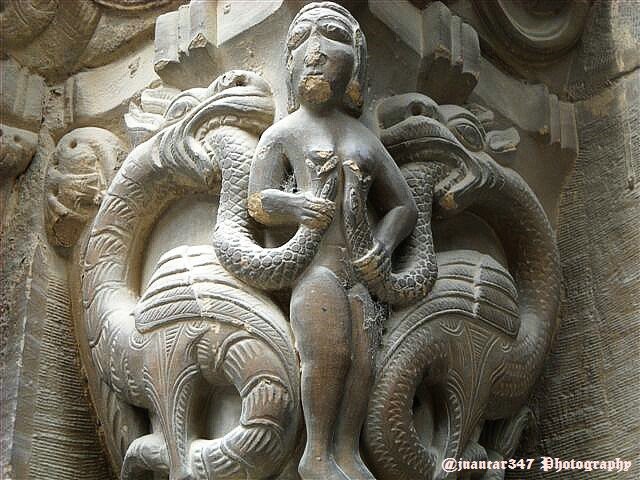
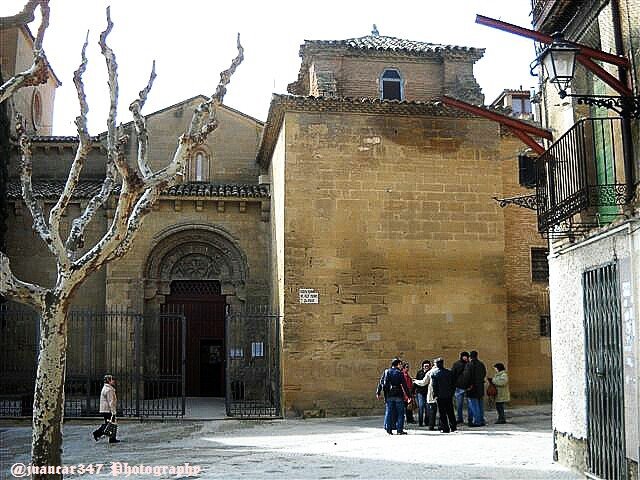
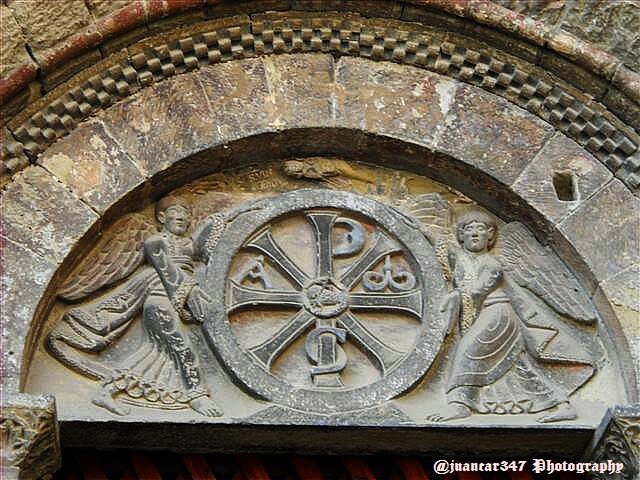
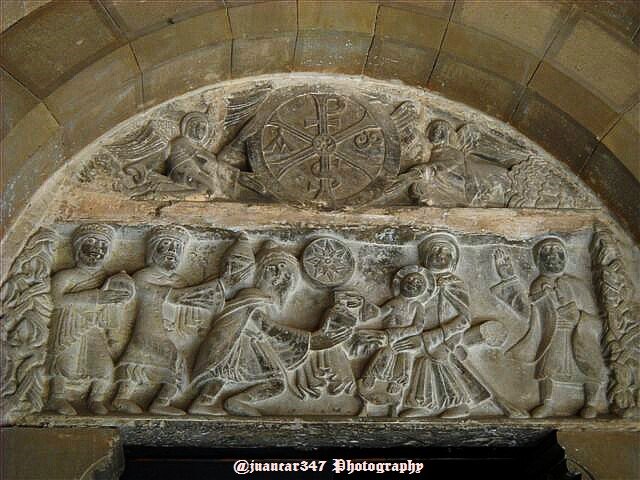
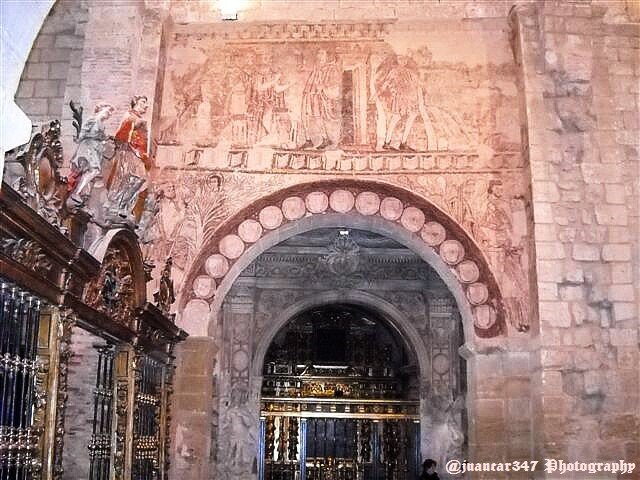
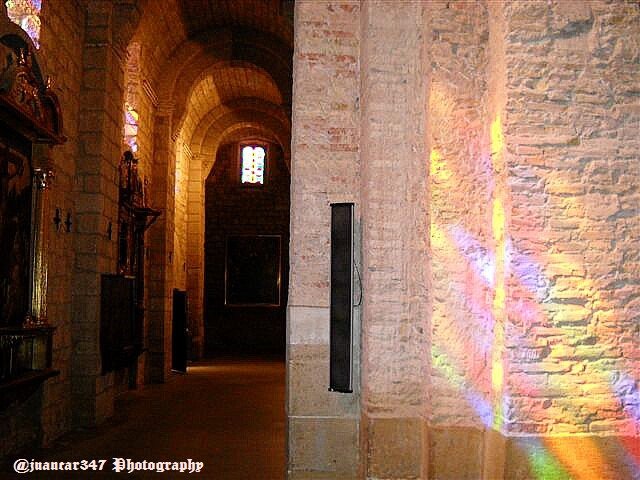
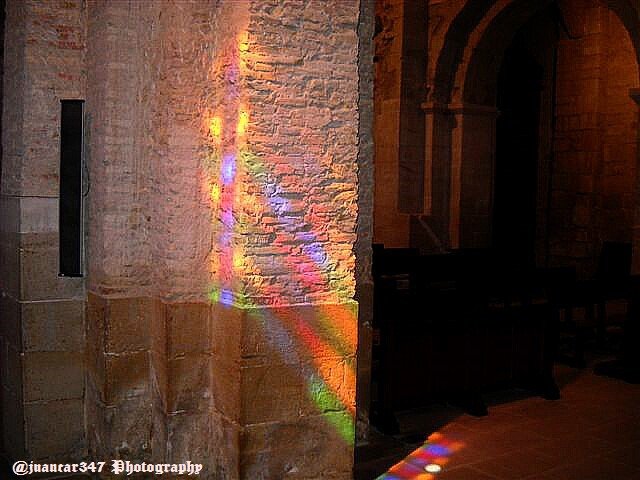
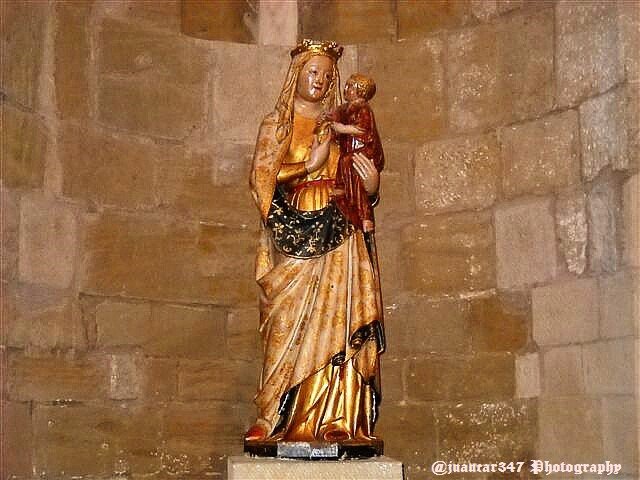
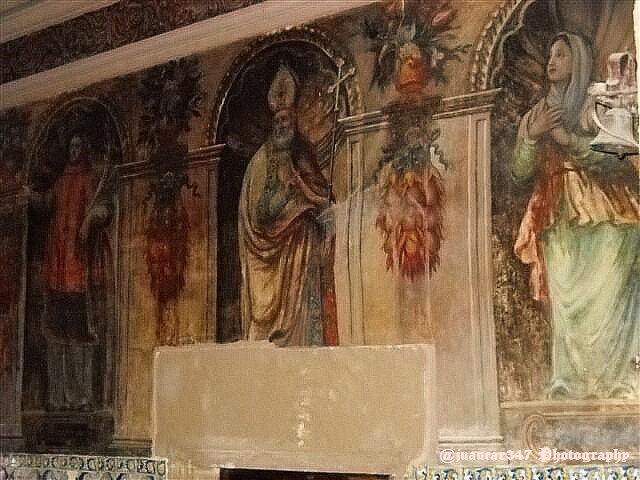
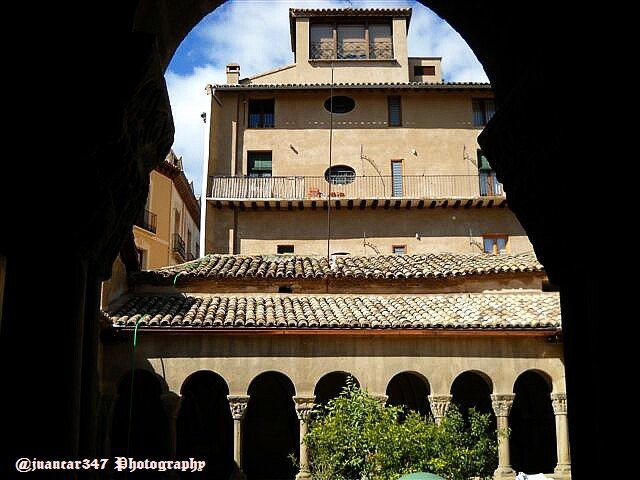
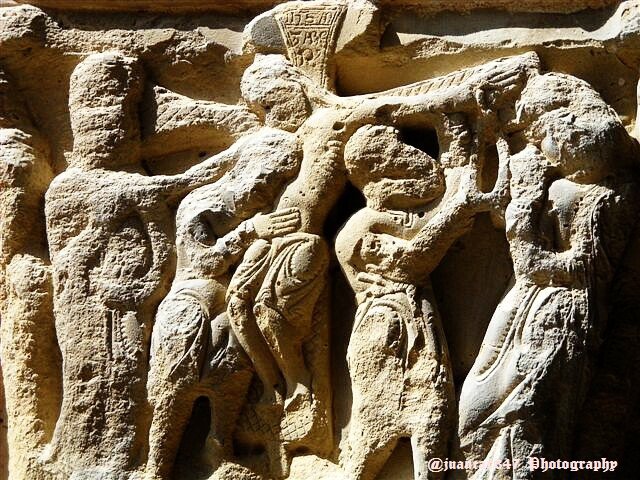
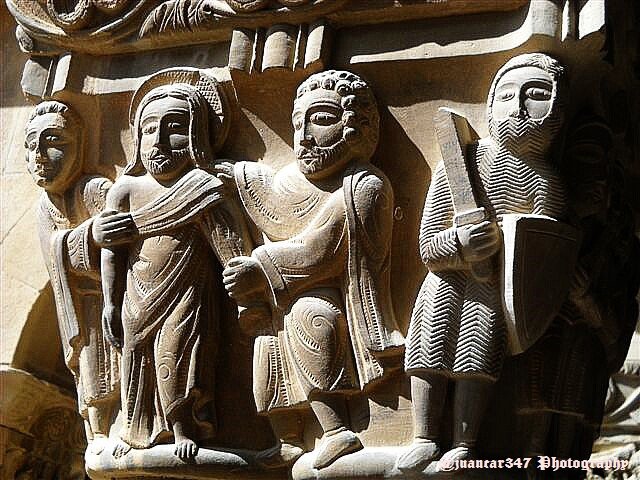
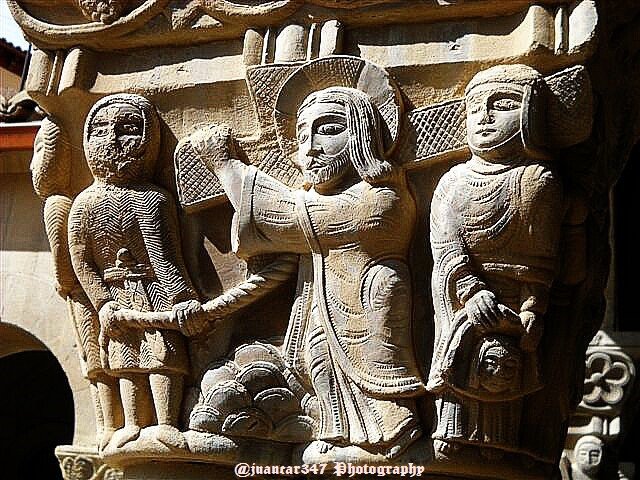
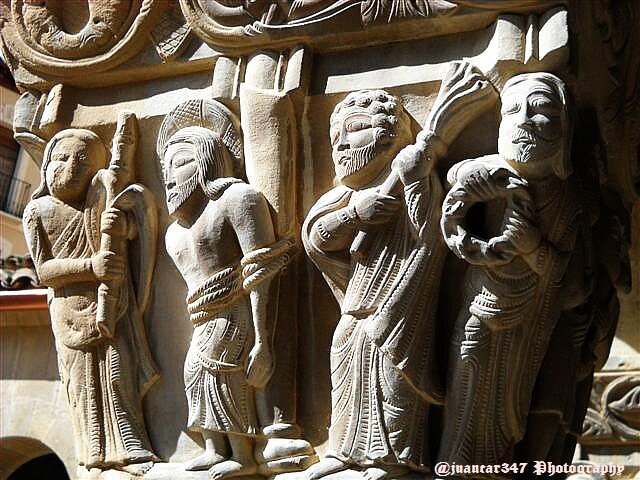
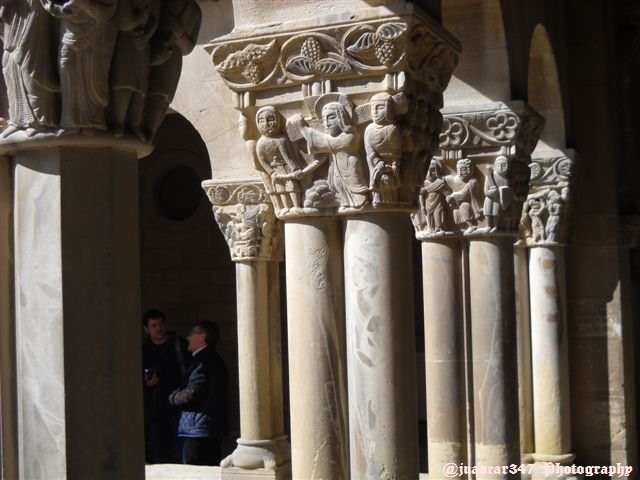
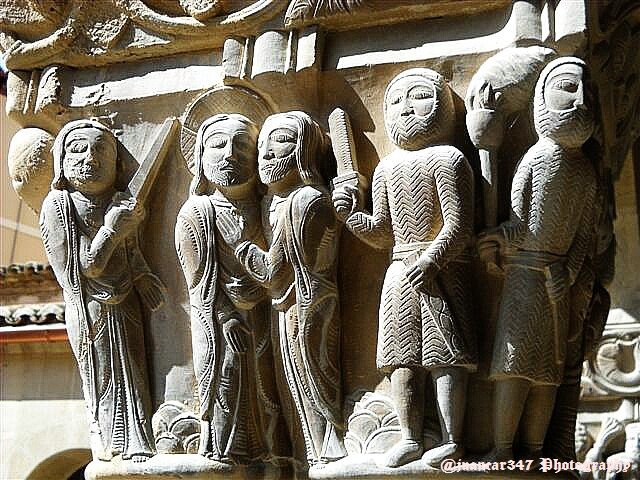
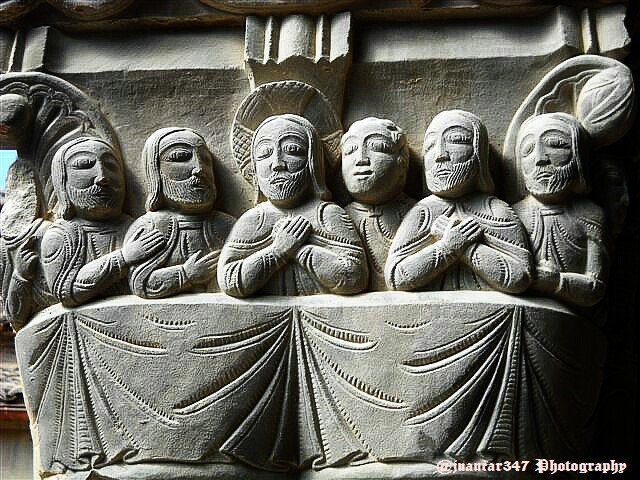
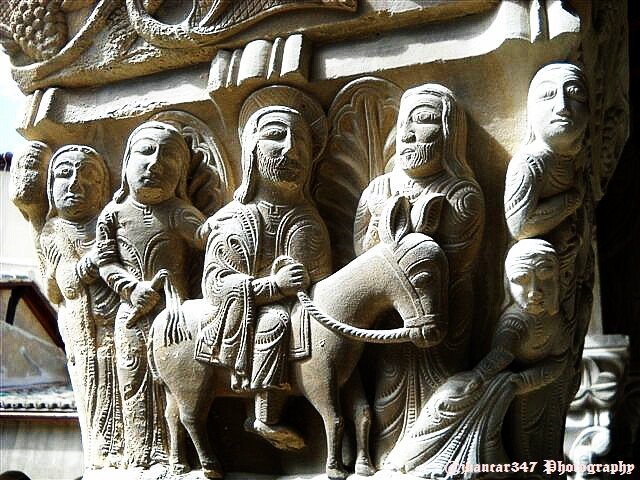
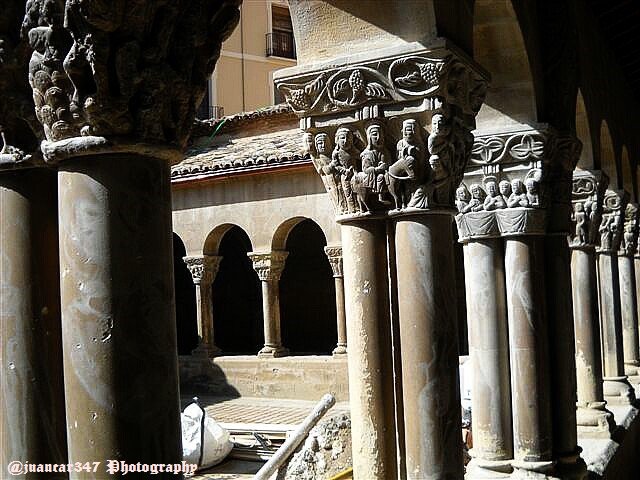
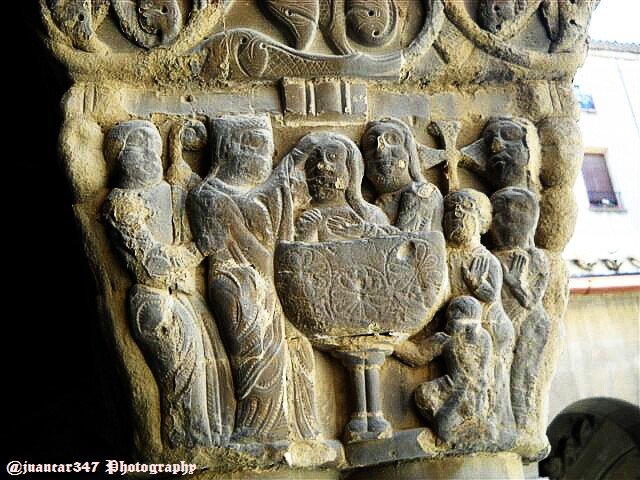
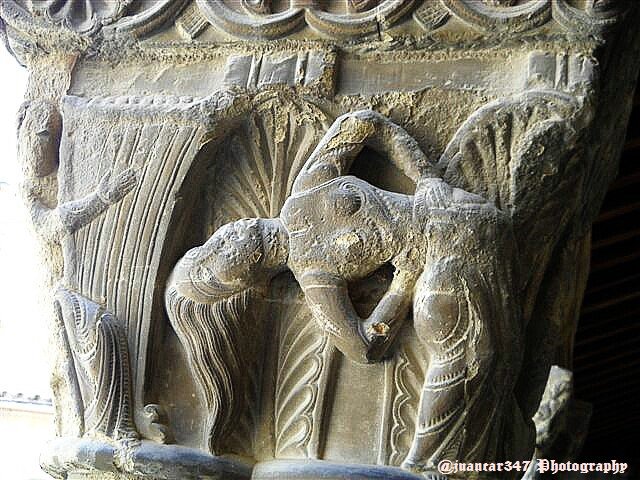
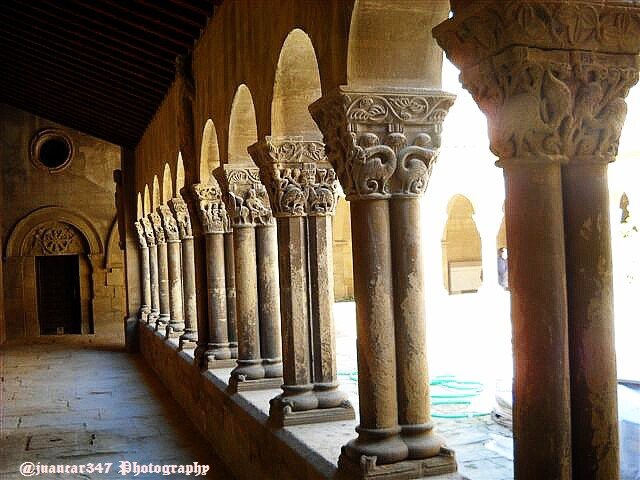
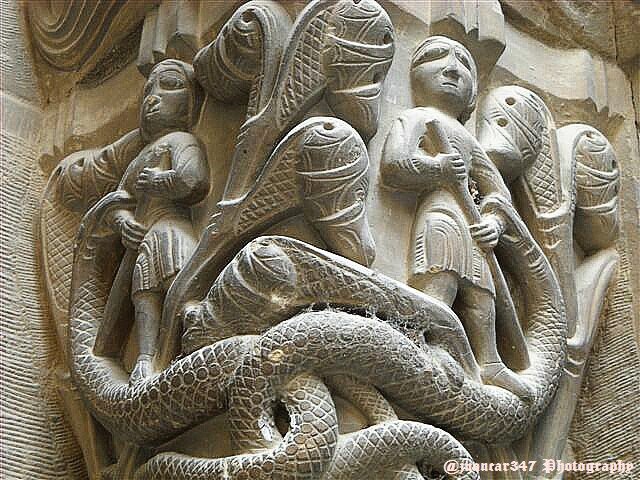
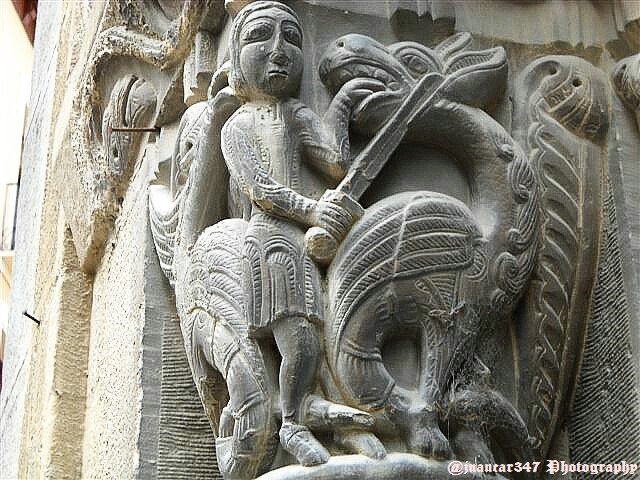
Wow! Those are some great pics! I don't follow your travel blog, so I appreciate you sharing this here!
I appreciate your kindly comment too. Thank-you very much
Hiya, @choogirl here, just swinging by to let you know that this post made into our Honorable Mentions in Daily Travel Digest #725.
Your post has been manually curated by the @steemitworldmap team and got an upvote from @blocktrades to support your work. If you like what we're doing, please drop by to check out all the rest of today's great posts and consider supporting us so we can keep the project going!
Become part of the Haveyoubeenhere community:
Thank-you very much
Congratulations! Your high-quality travel content was selected by @travelfeed curator @worldcapture and earned you a partial upvote. We love your hard work and hope to encourage you to continue to publish strong travel-related content.
Thank you for being part of the TravelFeed community!Don't forget to participate in the TravelFeed.io travel writing contest by @invisusmundi for a chance to win up too 100 STEEM! Read the contest announcement for more information on how to participate.
We are continuously working on improving TravelFeed, recently we enabled Instagram embeds and made improvements to our EasyEditor.
Learn more about TravelFeed by clicking on the banner above and join our community on Discord.
Thank-you very much
Congratulations, Your Post Has Been Added To The Steemit Worldmap!
Author link: http://steemitworldmap.com?author=juancar347
Post link: http://steemitworldmap.com?post=interesting-places-in-huesca-san-pedro-el-viejo
Want to have your post on the map too?
Thank-you very much